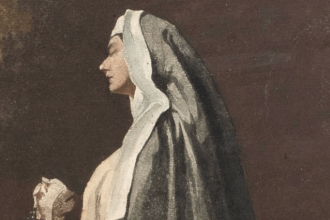David Torkington
It is only in mystical contemplation that our weak human love is so purified that it enables this love to mix, mingle and merge with the love of the Holy Spirit. Then, suffused and surcharged with this love we will not only be able to enter into the mystical body of Christ but into Christ’s mystical contemplation of our common Father. This contemplation is hardly perceptible to begin with. Eventually it will lead to and beyond ecstatic bliss in our minds and hearts even in this life, before overflowing into our whole being, transforming it as Christ’s own body was seen transfigured and transformed on Mount Tabor.
It is in the purification that must precede the experience of God’s love in mystical contemplation that the great saints, prophets and reformers are gradually transformed into the image and likeness of Christ. They were there in abundance in early Christianity and before, during and after great reforming councils like the Fourth Lateran Council and the Council of Trent. However, for the reasons that I will explain later, they were noticeable by their absence before, during and after the Second Vatican Council. I will explain why, and how, because it is due to this terrible tragedy that the Church is fi ghting for its life at the beginning of the twenty-fi rst century. I will begin by outlining the very essence of this God-given mystical spirituality that animated and inspired the early Christian Church. Then I will follow this with a brief history of Christian mystical spirituality.
“Mysticism” is a word never used by the early Christians, nor by any of the Greek Fathers. In general, it is used today by many disparate groups from modern-day Neo-Platonists to myriad different forms of New Age enthusiasts. Most of them are bounty hunters seeking exotic or esoteric transcendental experiences of one sort or another for their own personal pleasure, » Read More
https://theimaginativeconservative.org/2025/04/meaning-mystical-theology-david-torkington.html
Have an existing account?
Sign In
© 2024 Paperless Times






